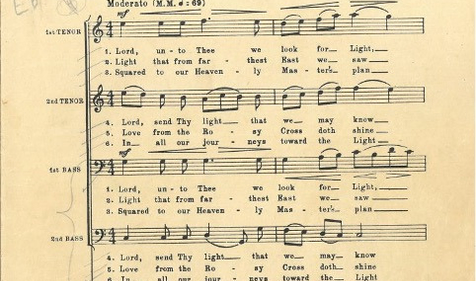Freemasons have used symbols and allegory to represent the principles and teachings of our Craft for centuries. We’ve compiled a list of resources to help further your understanding of Masonic symbolism.
For centuries, Freemasons have used symbols to represent and teach the principles of our beloved Craft. From the square and compasses to the Eye of Providence, these symbols have stood the test of time and continue to hold deep meaning in our fraternity today.
Below, we’ve compiled a list of resources for those looking to further their knowledge and understanding of Masonic history and symbolism. Read on to discover the origin and significance of popular Masonic symbols. This list will be continuously kept up to date as more resources become available, so check back soon!
The Square and Compasses

The square and compasses symbol is arguably the most recognizable symbol of Freemasonry and has been so for hundreds of years. Derived from the working tools of the stonemasons’ guilds of the Middle Ages, the square and compasses serve as a metaphor for how the teachings of Freemasonry “build” better men.
Masonic Letter “G”
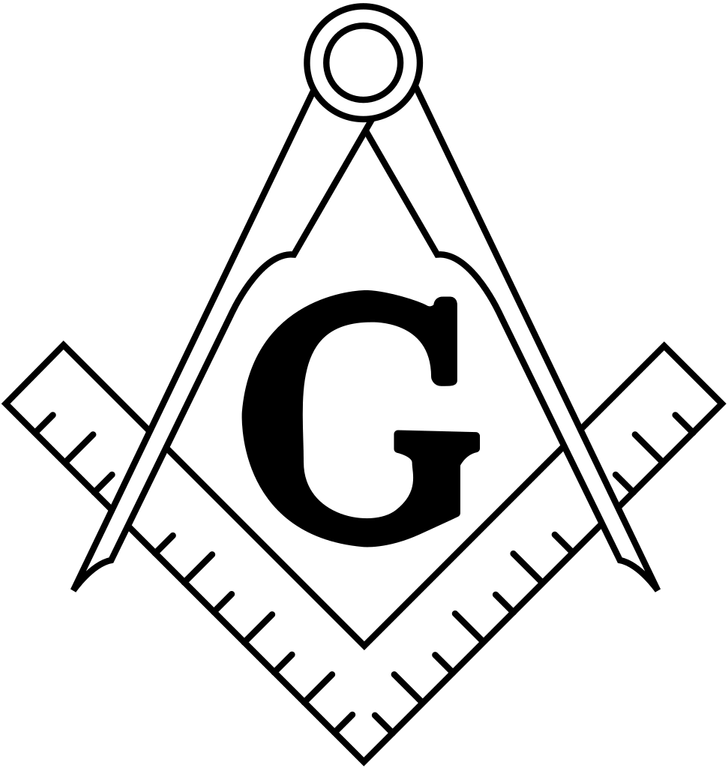
Commonly nestled within the square and compasses is the Masonic letter “G”. In Freemasonry, this letter holds many meanings, with one of them being “geometry,” another nod to our fraternity’s ancestral beginnings as Stonemasons. Read our article to uncover the many meanings of the Masonic letter “G”.
The Double-Headed Eagle
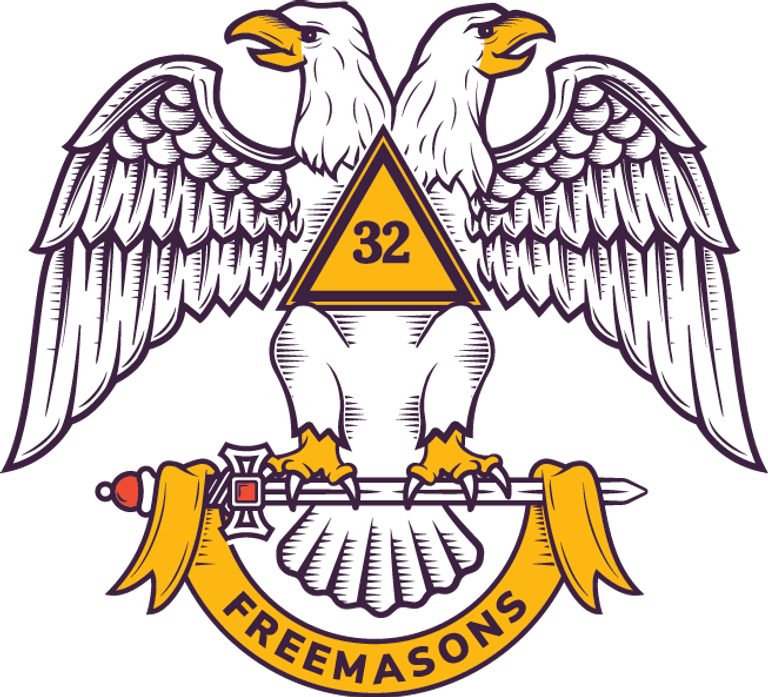
The double-headed eagle is one of the most recognizable motifs of 32° Scottish Rite Freemasonry, serving as our fraternity’s emblem since our inception in 1813. However, the origins of the double-headed eagle exceed our brotherhood – some theorists argue that the symbol was found as far back as ancient Mesopotamia. Learn more about the emblem’s history and significance in our article.
The Masonic Apron

The Masonic apron is one of the greatest symbols of Masonic tradition and history. Masonic aprons originated from stonemasons, who would wear aprons made of leather to protect themselves while working. When Freemasonry was founded, these aprons were adopted by the fraternity and soon transformed into a symbol of the labor Freemasons pursue in building their spiritual temples. Read more about the significance of Masonic aprons today in our article!
If you’re looking to delve deeper into the history of Masonic aprons, visit the Scottish Rite Masonic Museum & Library’s online exhibition, Rooted in Tradition: Aprons from the Scottish Rite Masonic Museum & Library.
The Eye of Providence
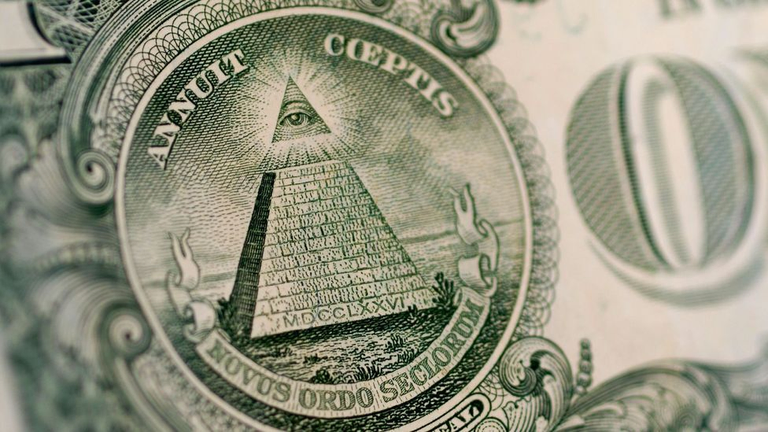
A symbolic reminder of our devotion to Brotherly Love, Relief, and Truth, the Eye of Providence was originally popularized by artists and scholars during the Renaissance era before it was adopted by Freemasons. Read our article to discover the many interpretations of the Eye of Providence and its meaning in Freemasonry today.
Rough Ashlar
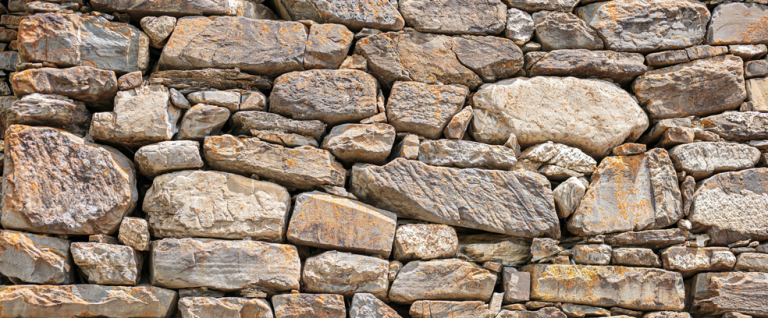
Every man who enters our fraternity begins with a “rough ashlar,” a symbol for visualizing the moral and behavioral improvements we seek to make when we first enter the lodge as an Entered Apprentice. Just as the stonemasons must perfect their craftsmanship over years of practice, Masons, too, must continue to abide by the teachings of the Craft to perfect their “rough ashlar.” Dive into the rich allegory of the rough ashlar and its significance in every man’s Masonic journey when you read our article.
Masonic Tracing Boards and Trestle Boards

Some of Freemasonry’s oldest symbols were first found on Masonic trestle and tracing boards. Originally used to present construction plans to apprentice stonemasons in the Middle Ages, these ancient practices were adopted in early Freemasonry to securely share the “blueprint” of our Craft with candidates. Read about all of them in our article.
Scottish Rite Rings
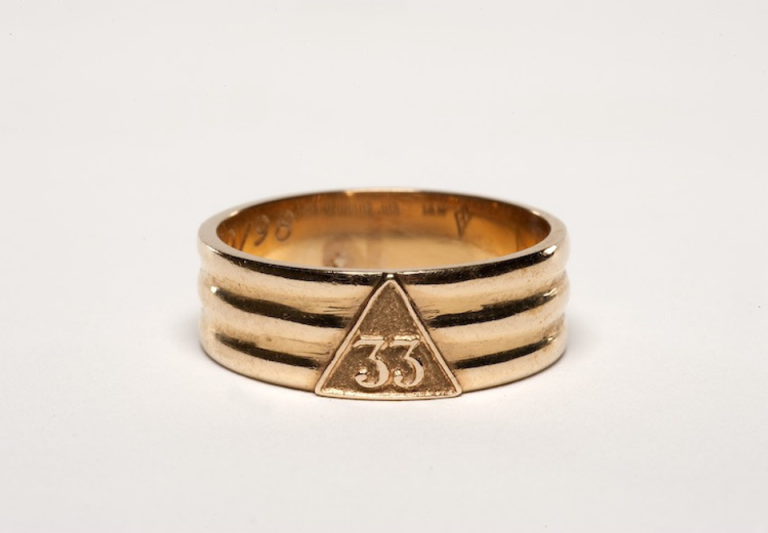
As Scottish Rite Masons, we often show off our pride in our fraternity by wearing Masonic symbols. Scottish Rite rings are the perfect way to do so, with each ring symbolizing unique lessons from our Scottish Rite degrees. Learn what it means to wear each of our sacred Scottish Rite rings in our article.
Columns

In the Bible, two columns guard the entrance to King Solomon’s Temple: Boaz and Jachin. Today, columns are in Masonic lodges throughout the world, representing the strong foundations upon which the Masonic tradition is built. In Freemasonry, columns symbolize stability and wisdom, embodying the balance between opposite forces, such as light and darkness or strength and beauty. Learn more about its history and significance in our article.
Plumb & Trowel
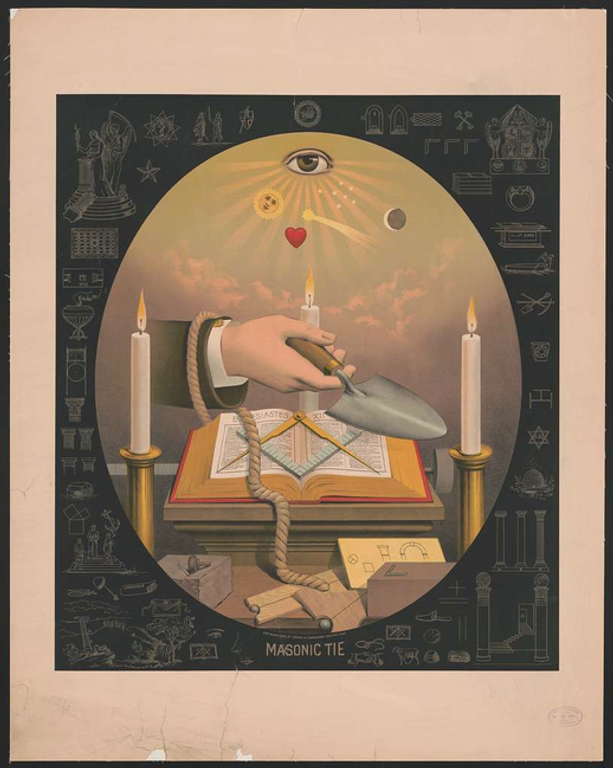
The Plumb and Trowel are two Masonic working tools and are central symbols in the teachings of the Fellowcraft and Master Mason degrees. The plumb is the tool of integrity, teaching a Mason the virtues of being just, honest, and upright through actions big and small. The trowel is used by Freemasons to spread the cement of brotherhood that unites members in our noble purpose. Read more here.
The Winding Staircase
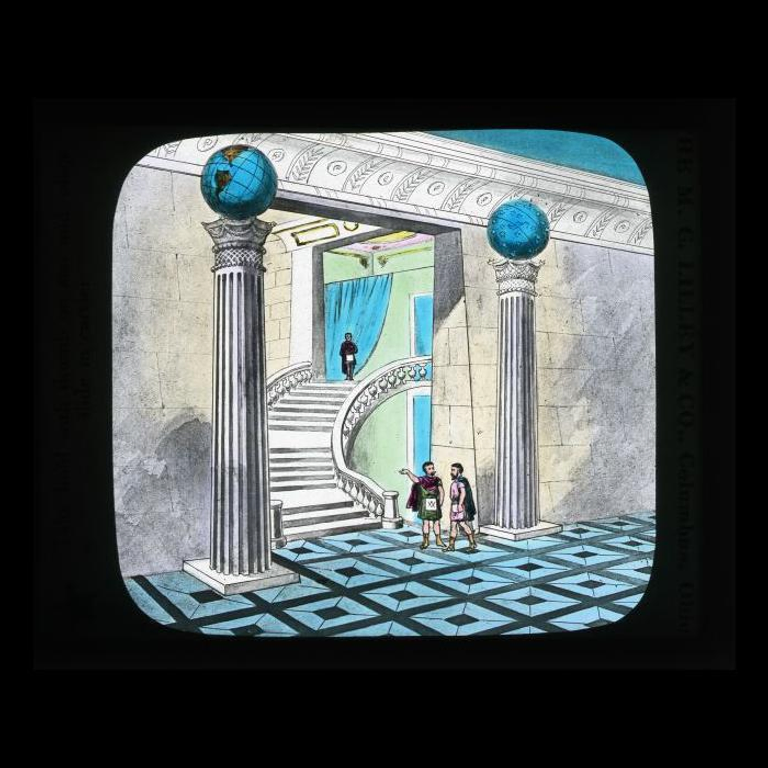
The Winding Staircase is a symbol central to the teachings of the Fellowcraft degree. It represents an advancement from a lower to a higher state, from darkness to light, death to life, and from ignorance to truth. In the second degree, a Brother must begin his ascent to the middle chamber via a winding stair, a symbol of discipline and instruction that marks the beginning of his Masonic labor and journey toward enlightenment. Learn more here.
Masonic Altar
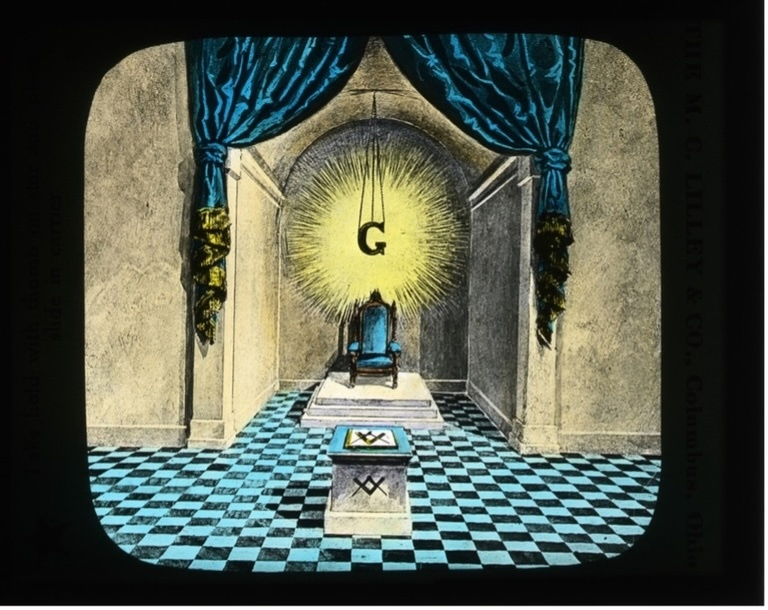
The Masonic altar stands at the heart of every lodge. As a place of solemn vows, it represents a Brother’s commitment to the principles of Freemasonry and serves as a bridge between the operative and speculative aspects of the Craft, reinforcing our connection to the divine and to each other. It is a timeless reminder of our shared journey in building a better world through faith and brotherhood.
Ark & Anchor
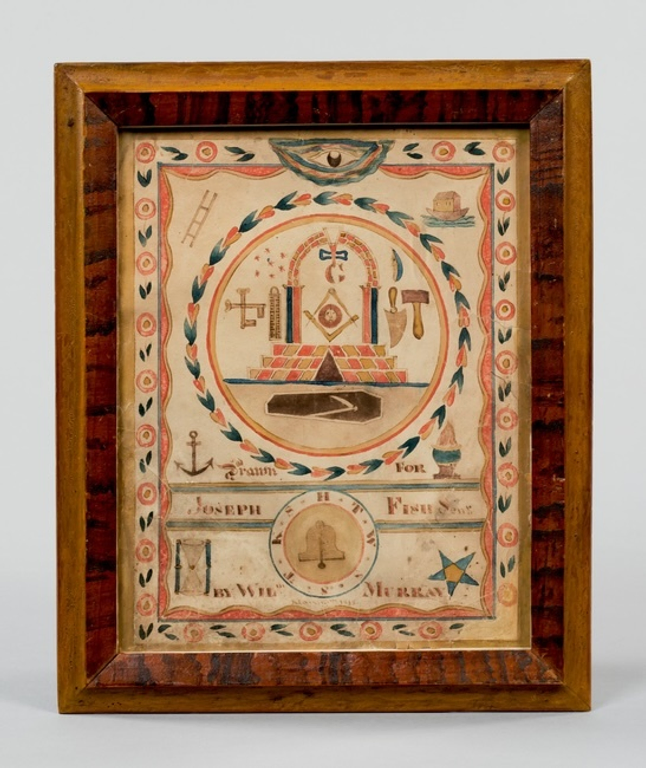
The ark and anchor, symbols found in the Master Mason degree, represent hope, perseverance, and moral steadfastness in Freemasonry. The anchor signifies a well-grounded life and the idea of spiritual stability amidst life's challenges. The ark symbolizes refuge and the assurance that steadfastness in virtue will lead to safe passage through life's trials. Together, these symbols embody the culmination of a Mason’s journey in the Blue Lodge, reminding him to navigate life with integrity and unwavering faith in his principles.
Sun
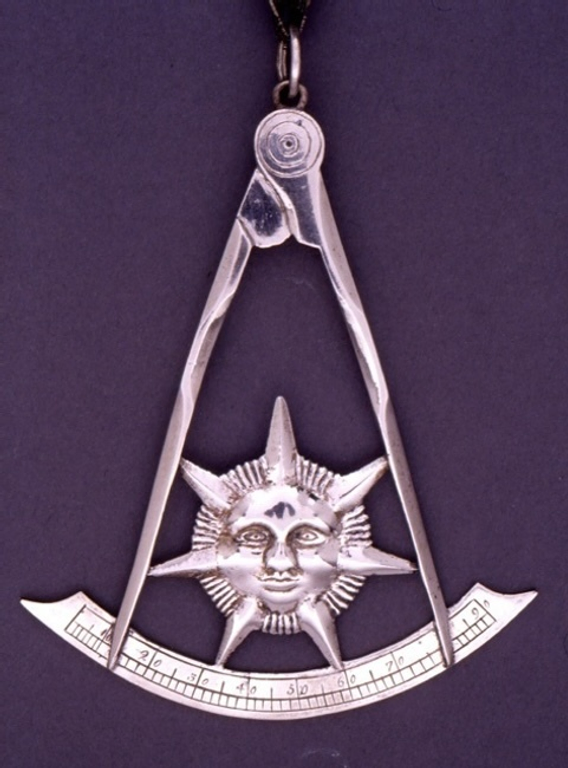
The sun is a powerful symbol in Freemasonry, representing truth, enlightenment, and the pursuit of knowledge. It illuminates a Mason’s journey from darkness to light, embodies the divine spark within every man, the cyclical nature of self-improvement, and the universal brotherhood that binds Freemasons together. As Masons seek more light, the sun serves as a constant reminder of their commitment to growth, virtue, and the timeless quest for truth.
Working Tools
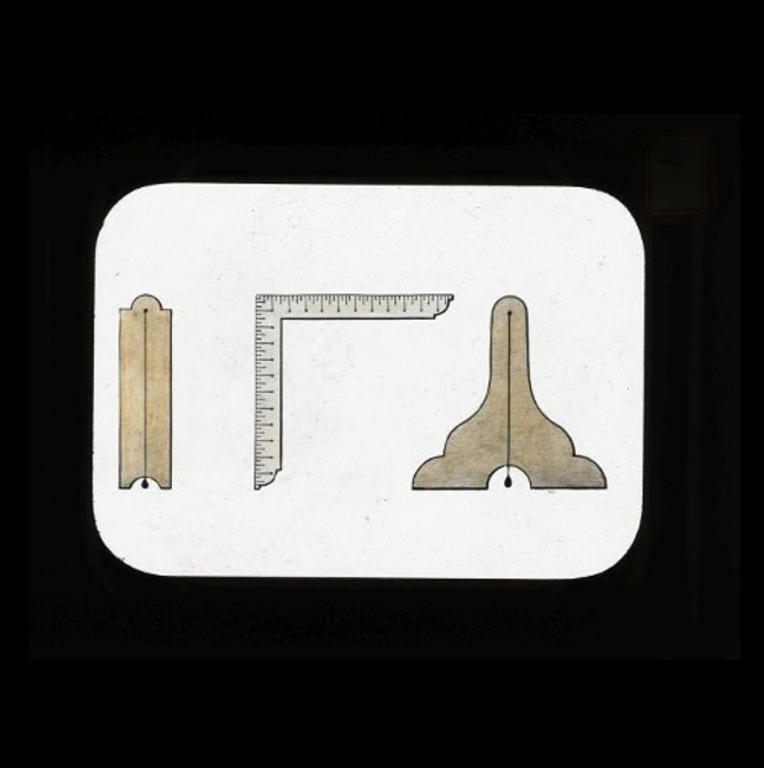
The working tools of Freemasonry symbolize the virtues and principles that guide a Brother’s moral and spiritual development. From the common gavel to the trowel, each tool imparts a lesson essential to a Mason’s journey. Through these symbols, which also include the plumb, level, and square, Freemasons learn to shape themselves into men of character, ensuring that their actions reflect the values of the Craft as they build a better world.
Masonic Regalia
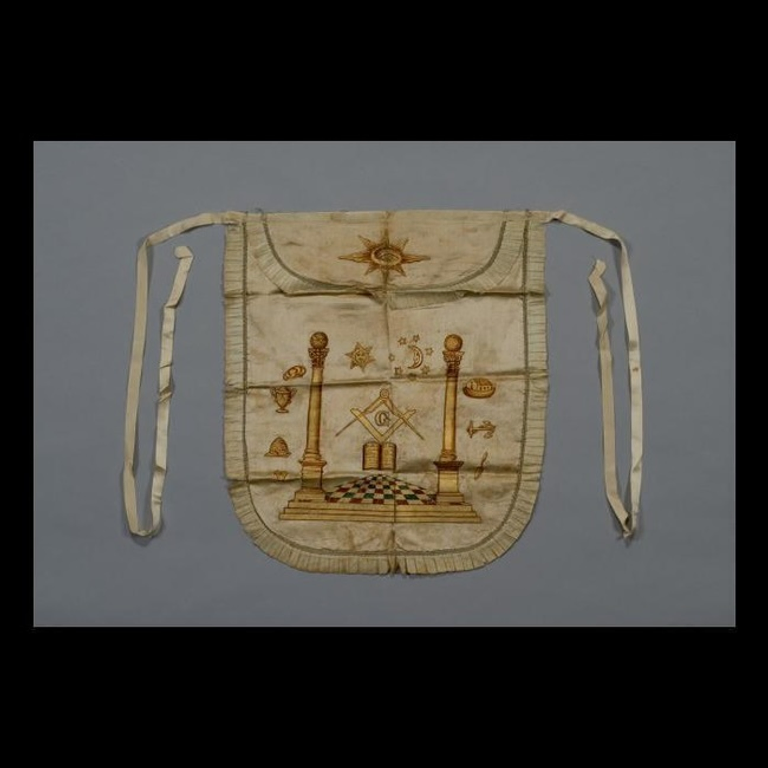
Masonic regalia, from the lambskin apron to ornate officer collars, are ceremonial garments rich with symbolism and tradition. The apron represents purity and a Mason’s commitment to building his spiritual temple, while collars and jewels denote rank and responsibility within the lodge. These sacred emblems serve as reminders of Freemasonry’s enduring principles of Brotherly Love, Relief, and Truth, uniting generations of Masons in their shared journey toward enlightenment.
Related Stories
Discover additional Scottish Rite blogs and news on this topic.


